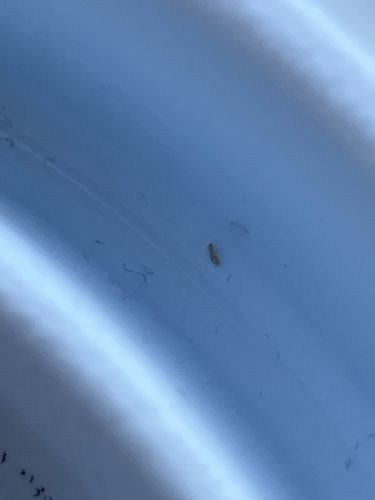Booklouse (Psocid)
Scientific Name: Psocoptera (various genera and species)
Order & Family: Order Psocoptera
Size: 1 - 2 mm

Natural Habitat
Damp, dark, and undisturbed places, often found in stored foods, books, paper, wall voids, and under wallpaper; also outdoors on trees and foliage.
Diet & Feeding
Molds, fungi, starch, glue (especially in book bindings), dead insects, and various organic debris. They do not bite or feed on blood.
Behavior Patterns
They are typically active at night and prefer moist conditions. They are not highly mobile and often go unnoticed due to their small size. Most species are parthenogenetic, meaning females can reproduce without males, leading to rapid population growth under ideal conditions.
Risks & Benefits
Potential risks include contamination of food products and damage to books, paper, and other starch-containing items. They are generally harmless to humans, not known to transmit diseases, and do not bite. They can be an indicator of high humidity and mold growth in an environment, which itself can pose health risks or structural damage.
Identified on: 9/14/2025